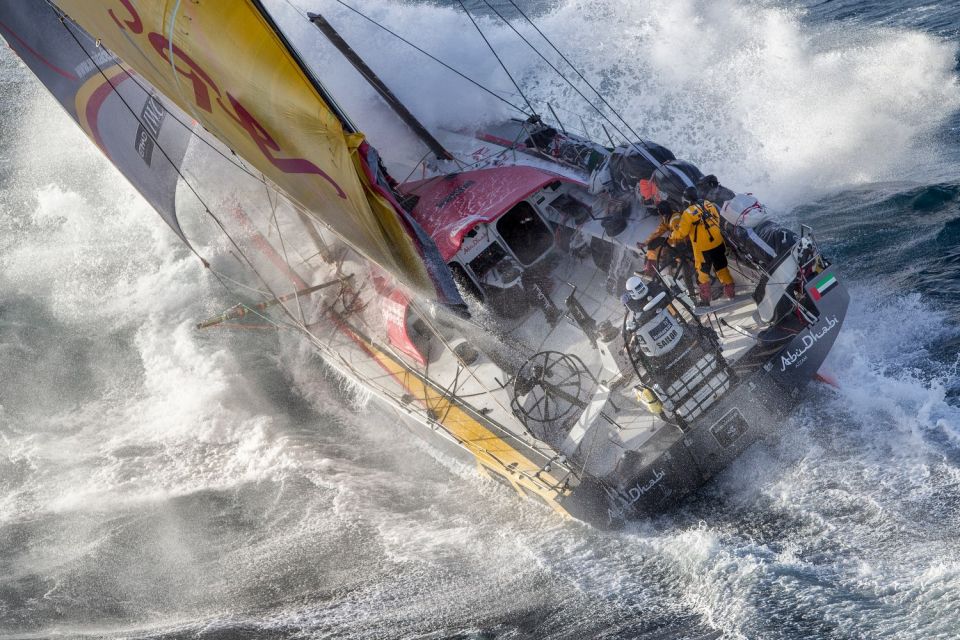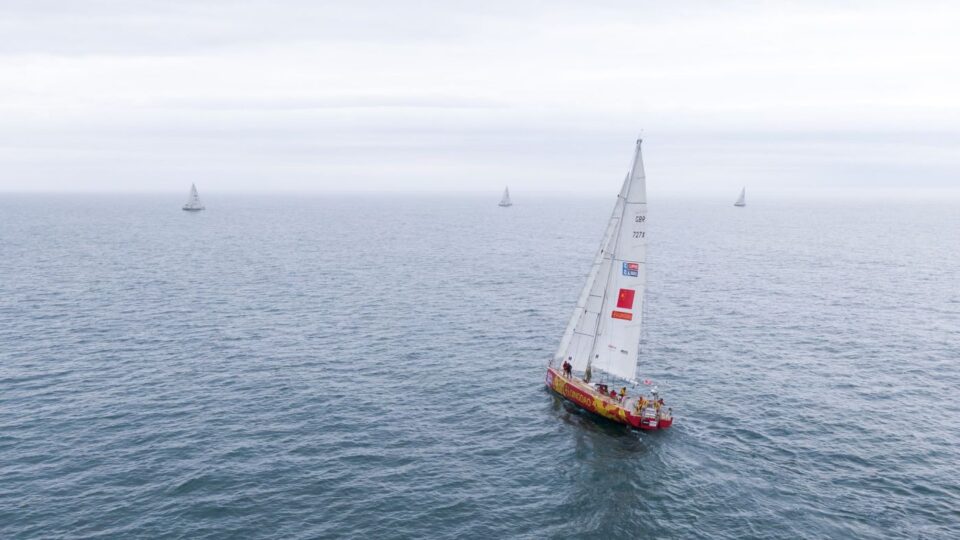Atlantic vs Pacific: Which is More Dangerous for Sailing?
The debate over the Atlantic versus the Pacific Ocean regarding sailing dangers is as old as maritime exploration itself. Both oceans, the world’s largest and second-largest, respectively, offer unique challenges and dangers to sailors. Navigational routes, weather patterns, ocean currents, and seafaring histories have shaped our understanding of these massive water bodies. This article delves into the distinctive characteristics of both, aiming to discern which poses a greater threat to those who dare to sail their waves.
Atlantic Ocean: Characteristics and Dangers
The Atlantic, separating the Old World from the New, is known for its busy shipping routes, tumultuous weather, and significant maritime history.
- Weather and Storms: The Atlantic is home to the hurricane-prone Caribbean and Gulf of Mexico. The North Atlantic sees frequent and unpredictable storms. The infamous Bermuda Triangle, with its tales of lost ships and aircraft, is also located in the Atlantic.
- Currents: The Gulf Stream, a powerful and warm Atlantic Ocean current, originates in the Gulf of Mexico and stretches to the tip of Florida, flowing into the Atlantic. This can be particularly challenging for sailors, as it can produce rough seas, especially when the northerly winds oppose the current.
- Traffic: The Atlantic has some of the busiest shipping routes in the world, especially in the North Atlantic. The risk of collision, especially in foggy conditions, is a genuine concern.
Pacific Ocean: Characteristics and Dangers
The Pacific, the world’s largest ocean, spans from the Arctic in the north to the Antarctic in the south, covering more than 60 million square miles.
- Weather Extremes: Typhoons, equivalent to the Atlantic’s hurricanes, are a significant concern in the western Pacific. The vast size of the Pacific means that weather can be more varied, with calm areas but also regions of constant storm activity. The roaring forties, furious fifties, and screaming sixties (referring to the latitudinal degrees) are notorious for their gale-force winds and monstrous waves.
- Size and Isolation: The sheer size of the Pacific means that if sailors run into trouble, they might be days or even weeks away from help. There are also vast expanses with little to no land in sight, making navigation and resupplying challenging.
- Currents and Waves: The Pacific has powerful currents, like the El Niño, which can influence global weather patterns. The vast ocean also means that waves have a longer distance to build, leading to large, powerful waves, especially during storms.

Atlantic vs. Pacific: The Verdict
- Historical Records: Historically, the Pacific posed a more significant challenge to sailors. The Pacific took longer to cross, had fewer known safe ports, and was less mapped out than the Atlantic. Magellan’s voyage in the 16th century faced dangerous conditions, leading to the naming of the Pacific (from the Latin word for “peaceful”) in irony.
- Modern Sailing: In contemporary times, advancements in navigation, weather forecasting, and communication have made sailing safer in both oceans. Still, many sailors maintain that the vastness of the Pacific, combined with its weather extremes and powerful currents, presents a more formidable challenge.
- Recreational Sailing: For recreational sailors, the decision might be more about where they’re sailing. The Caribbean part of the Atlantic offers a more relaxed sailing experience, while the South Pacific has idyllic islands but also vast distances between landfalls.
- Race Records: The Volvo Ocean Race, one of the most challenging sailing races globally, has legs in both oceans. Historically, more equipment damage, capsizes, and challenging conditions are reported during Pacific legs, especially when rounding the treacherous Cape Horn.
Safety Preparations and Precautions
Both the Atlantic and Pacific Oceans have borne witness to countless tales of heroism, adventure, and sometimes, tragedy. Sailors have, for centuries, penned down tales of their journeys, which have become sources of inspiration, caution, and awe for generations that followed.
Regardless of which ocean one chooses to navigate, certain universal precautions and preparations are imperative:
- Weather Monitoring: Continually monitor weather forecasts from multiple sources. Modern technology offers real-time tracking and predictions that can be invaluable for plotting safer routes.
- Communication: Ensure that communication equipment is functional and has backup power sources. Satellite phones, VHF radios, and emergency beacons can be lifesavers in distress situations.
- Equipment Check: Regularly inspect all equipment, especially safety gear like life vests, life rafts, fire extinguishers, and flares. Ensure you have a reliable desalination method, either through equipment or manual techniques, to ensure freshwater availability.
- Navigation: While GPS has revolutionized navigation, traditional tools like maps, compasses, and sextants should also be on board, familiarized with, and used as backup.
- Training and Drills: Regularly conduct safety drills for all aboard, including man-overboard procedures, storm protocols, and emergency evacuation. Every member of the ship should be familiar with basic survival techniques.
The Spirit of Exploration
Despite the inherent dangers, the pull of the oceans remains irresistible to many. The promise of the horizon, the allure of the unknown, and the sheer joy of being one with the vast waters is a call few sailors can ignore. Every journey, be it on the Atlantic or the Pacific, is an opportunity to learn not just about the sea but also about oneself.
In literature, art, and folklore, the oceans have been depicted both as mighty adversaries and as nurturing mothers. The duality of their nature, offering both danger and wonder, is what makes them so captivating.
Mental Preparedness and the Ocean
Navigating through either the Atlantic or Pacific is not just a physical journey but also a profound emotional and psychological experience. For centuries, these vast expanses have been symbols of human perseverance, exploration, and our innate desire to push boundaries.
While much focus is rightly given to physical safety and preparedness, the mental and emotional challenges of ocean sailing are often less discussed:
- Solitude and Reflection: The vastness of the ocean can bring about a deep sense of solitude. For many sailors, this solitude is a chance for introspection, reflection, and a deep connection with the world around them. The rhythmic sound of waves and the expansive horizon can provide a meditative experience.
- Camaraderie: On the other hand, the shared challenges and experiences can foster deep bonds and camaraderie if you’re sailing with a crew. Tight quarters and mutual dependence can lead to lifelong friendships.
- Mental Stamina: Sailing requires a sharp mind and unwavering focus, especially in challenging conditions. The ever-changing environment means sailors have to be adaptable and always ready to respond.
- Coping with the Unpredictable: The unpredictability of the sea can be a test of one’s patience and resilience. Calm seas can turn turbulent without warning, and plans can go awry. Learning to cope, adapt, and remain calm in the face of such unpredictability is a valuable life lesson.
Enduring Legacy of Ocean Exploration
From ancient Polynesian navigators in the Pacific to the Viking explorers of the North Atlantic, the oceans have been the backdrop for countless tales of discovery, trade, warfare, and cultural exchange. They stand as metaphors for the vast unknown, the challenges we’re yet to face, and the boundaries we’re yet to push.
In literature and arts, the oceans have always held a special place. From Homer’s “Odyssey” to Melville’s “Moby Dick,” the relationship between humans and the sea has been explored in depth, offering insights into the human psyche and our place in the vast universe.
Atlantic vs. Pacific: Which is More Dangerous for Sailing? – In Conclusion
Determining which ocean is more dangerous depends significantly on the context. Historically, the Pacific’s challenges were more daunting, given its size and the mysteries it held. Today, with modern technology, both oceans present risks, but many experienced sailors hold the view that the Pacific, with its vastness and extreme conditions, has the edge of danger.
However, one should remember that the ocean’s unpredictability is part of its allure. Whether in the Atlantic or Pacific, respect for the sea, proper preparation, and understanding potential dangers are essential for a safe voyage. The sea, after all, does not distinguish between the brave and the reckless. It remains, as always, beautifully indifferent.
